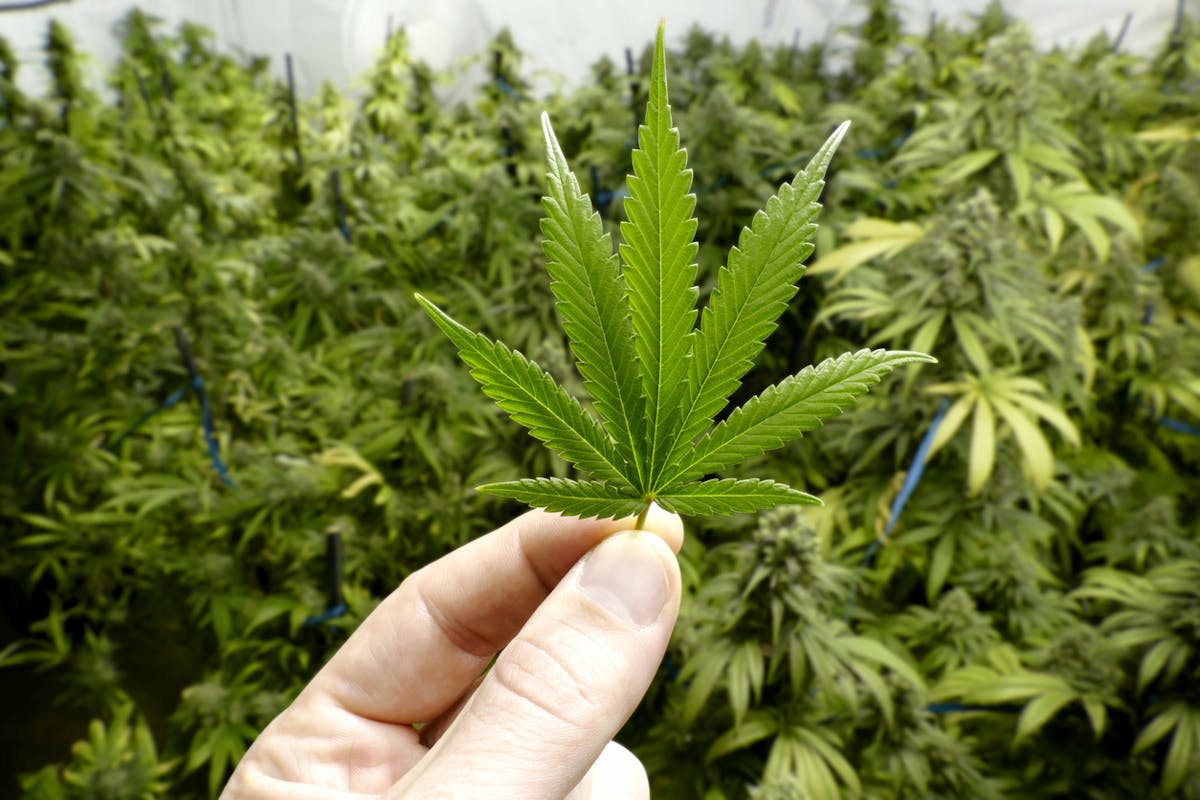Growing high-CBD cannabis strains calls for careful attention to be able to soil composition in addition to nutrient management to ensure optimal herb health, cannabinoid content material, and yield. As opposed to high-THC strains, CBD-rich cannabis plants include specific nutrient needs to maximize their own potential. In this kind of article, you will explore the best soil types and nutritional regimens for augmenting high-CBD cannabis.
Understanding Soil Composition with regard to High-CBD Cannabis
one. Ideal Soil Variety
The best dirt for high-CBD marijuana ought to be well-aerated, rich, and possess excellent draining properties. Here are usually the key attributes to consider:
Loamy Soil: A mixture of sand, silt, and clay offers an optimal balance involving drainage and nutritious retention.
Sandy Loam: Offers excellent draining and aeration, avoiding root rot and even fungal infections.
Organic-Rich Soil: High degrees of organic matter (such as compost) ensure a steady launch of nutrients.
ph level Balance: The perfect soil pH selection for high-CBD hashish is between 6. 0 and seven. 0 to assist in nutrient uptake.
two. Soil Amendments with regard to CBD-Rich Marijuana
To be able to create the perfect soil conditions, farmers can amend their own soil with typically the following:
Perlite and even Vermiculite: Improve oygenation and drainage.
Coconut Coir: Helps retain moisture while avoiding overwatering issues.
Worm Castings: Enhance microbes life and offer slow-release nutrients.
Mycorrhizal Infection: Encourages root advancement and increases nutritional absorption.
Important nourishment regarding High-CBD Cannabis
Just like all cannabis plant life, high-CBD strains demand three primary macronutrients: nitrogen (N), phosphorus (P), and potassium (K), commonly known to as N-P-K. However, their ratio and application change slightly to boost CBD production.
one. Macronutrients
Nitrogen (N): Vital for vegetative growth, promoting lush green leaves plus strong stems. Nevertheless, excess nitrogen can lead to abnormal vegetative growth in the expense of CBD production.
Phosphorus (P): Encourages main development, flower development, and resin creation, which is essential for CBD-rich trichomes.
Potassium (K): Supports overall plant well being, improves resistance in order to diseases, and increases cannabinoid synthesis.
Advised N-P-K Ratios:
Vegetative Stage: 3-1-2 or 4-2-3
Flowering Phase: 1-3-4 or 0-3-4 (to reduce nitrogen intake and emphasis on CBD-rich marijuana production)
2. Micronutrients
Micronutrients play some sort of crucial role in CBD cannabis nurturing. These include:
Calcium mineral (Ca): Strengthens mobile walls and prevents common deficiencies like blossom end get rotten.
Magnesium (Mg): Vital for chlorophyll manufacturing and energy move.
Sulfur (S): Allows in amino acid and enzyme creation.
see here (Fe), Zinc (Zn), Manganese (Mn): Promote enzyme features and overall flower metabolism.
Organic as opposed to. Synthetic Nutrients: Which Is Better?
Whenever choosing nutrients with regard to high-CBD cannabis, declaring no to prop must decide in between organic and artificial fertilizers.
Organic Nutrition (Preferred for CENTRAL BUSINESS DISTRICT Quality)
Compost Green tea: Enriches soil using beneficial microbes.
Seafood Emulsion: Provides nitrogen while being soft on roots.
Baseball bat Guano: Enhances phosphorus content for flowering.
Kelp and Ocean weed Extracts: Stimulate your root growth and increase CENTRAL BUSINESS DISTRICT levels.
Molasses: Nourishes beneficial bacteria, bettering soil health.
Artificial Nutrients (Fast-Acting nevertheless Risky)
Commercial N-P-K Fertilizers: Quick nutritional delivery but can result in nutrient imbalances if overused.
Hydroponic Nutritional value: Useful for soilless setups but demand careful pH monitoring.
Organic methods are usually generally recommended with regard to high-CBD strains, as they promote terpene and cannabinoid generation without chemical interference.
Watering and Nutritious Application Tips
Watering Schedule: Keep ground evenly moist but not waterlogged. Overwatering leads to root rot and even nutrient deficiencies.
Serving Frequency: Feed vegetation once a week during the vegetative stage and two times a week in the flowering level.
Flushing Before Harvest: Stop nutrient software 1-2 weeks just before harvesting to enhance CENTRAL BUSINESS DISTRICT purity and eradicate residual nutrients.
Greatest Soil and Nutritional Strategies for Inside vs. Outdoor Growing
Indoor Growing
Employ pre-amended organic garden soil to reduce addiction on liquid nutrients.
Implement controlled giving with compost teas and organic dietary supplements.
Monitor humidity and temperature to stop mold and infestations.
Outdoor Expanding
Work with raised beds using well-draining soil plus cover crops regarding nutrient retention.
Apply mulch to maintain garden soil moisture and heat balance.
Count on natural fertilizers like manure and worm diffusion for long-term dirt health.
Bottom line
Deciding on the best ground and nutrients for growing high-CBD hashish strains is essential for producing potent, high-quality buds. Simply by selecting a well-balanced loamy soil, using organic amendments, and maintaining proper source of nourishment levels, growers might optimize CBD manufacturing while ensuring sustainable and healthy grow growth. Whether cultivating indoors or outdoors, following these rules will result in the successful and rewarding harvest of CBD-rich cannabis.
